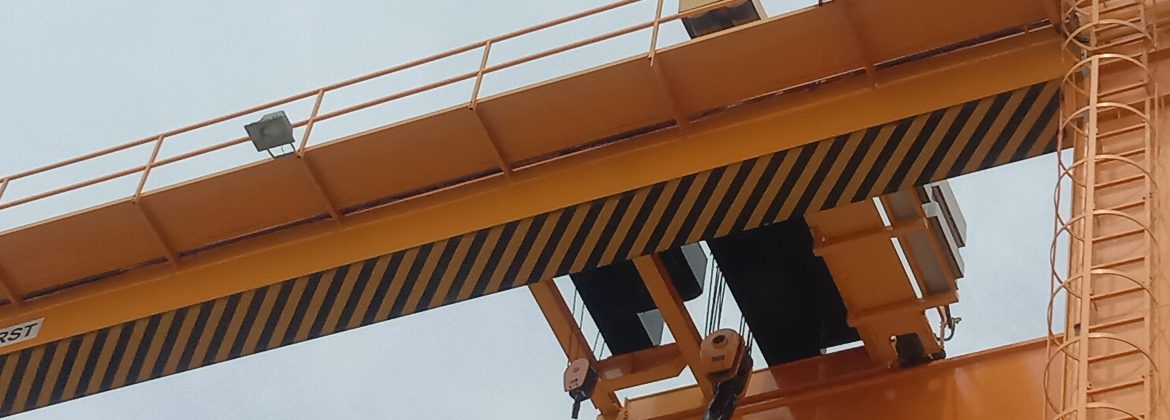Overhead cranes are essential tools in many industries in Malaysia, providing the ability to move heavy loads with acceptable accuracy and proven efficiency. However, these machines’ power and complexity necessitate strict safety protocols to minimize the hazards.
Here are some typical matters that industrial operators encounter while handling overhead cranes and their proposed solutions according to industrial standard:
Wire Rope Damage or Degradation: One of the most frequent issues is wire rope degradation, which can be caused by bird caging hanging on the rope, corrosion upon time, abrasion, and severe wear. Regular inspections of your wire rope can slowdown the degradation rate and simultaneously prevent damage or failure. If any signs of damage are detected, the wire rope should be appropriately discarded to avoid further use.
Alignment Issues: When there’s an alignment problem, the crane will skew. Regular inspections and maintenance records can help identify and correct alignment issues before they become more serious problems and lead to minimizing the profit of company.
Electrification System Issues: Electrical malfunctions can interrupt operations or cause accidents. Regular maintenance and inspections can help identify and correct these issues early.
Excessive Wear on End Truck Wheels: Excessive wear on end truck wheels can impact the crane’s operation. Regular inspections can help detect this issue, and the worn-out wheels can be replaced as necessary.
Damaged or Bent Hooks: Damaged or bent hooks can pose a safety risk. Regular inspections can help detect this issue, and the damaged hooks can be replaced as necessary.
Overloading: Overloading is a common hazard that can lead to severe accidents. Always operate the overhead crane within its specified capacity to avoid overloading.
Swinging Loads and Collisions: Swinging loads and collisions are common hazards. Proper training and adherence to safety protocols can help mitigate these risks. Risk Assessment also help on reducing this effect.
Dropped Loads: Dropped loads can result in severe injuries or fatalities. Properly securing materials and conducting regular inspections can help prevent this.
Heat Stress and Fatigue: Heat stress and fatigue were identified as common systemic risks contributing to injuries. Adequate rest periods and appropriate working conditions can help mitigate these risks.
To ensure the safety and efficiency of overhead crane operations, it’s crucial to establish a regular inspection schedule, adhere to the manufacturer’s recommendations for service and maintenance intervals, and consider duty cycle and environmental factors when designing your crane.
Additionally, investing in safety technology solutions and providing proper training to the workforce can significantly reduce the risks associated with overhead crane operations. Please contact our expert to know more about this investment.

